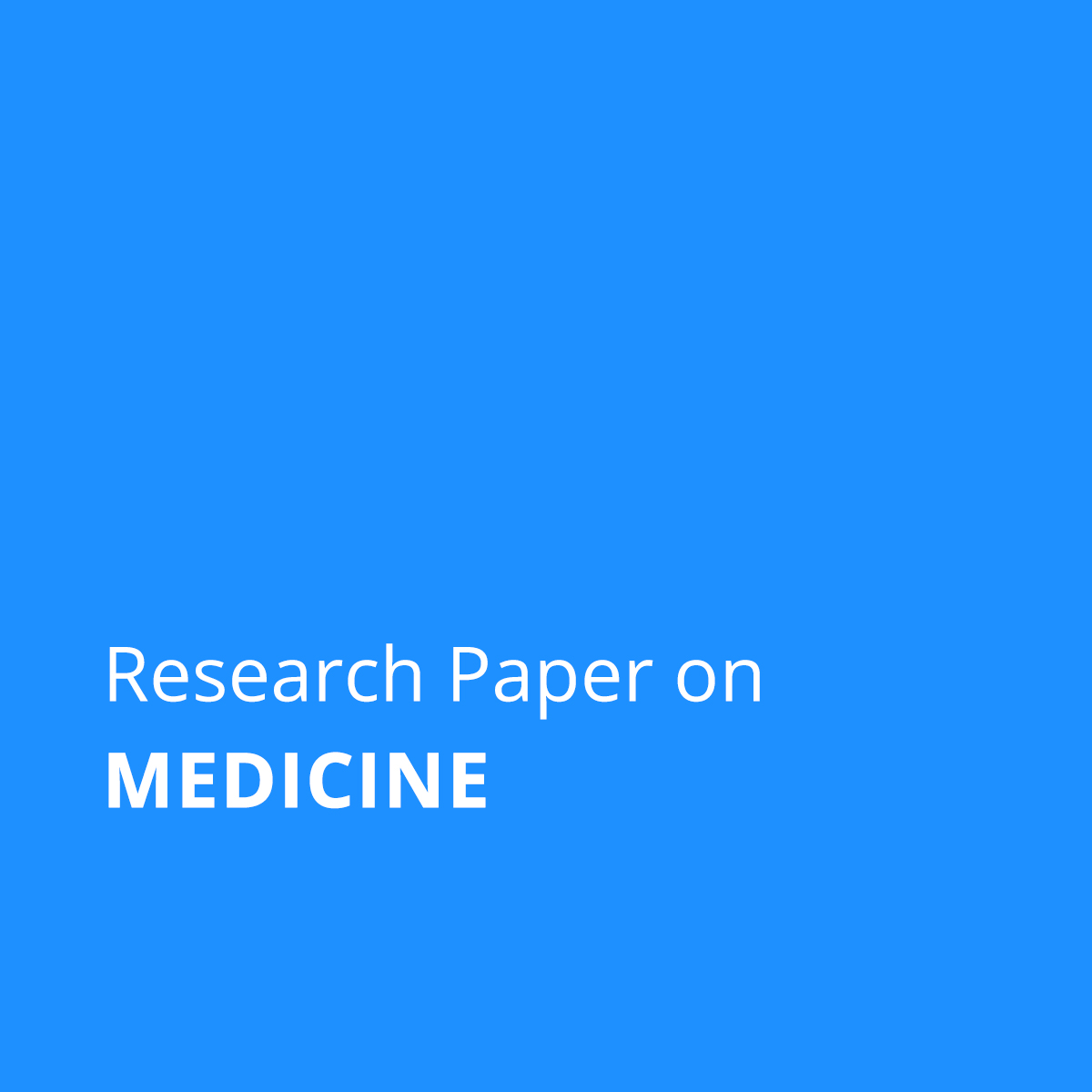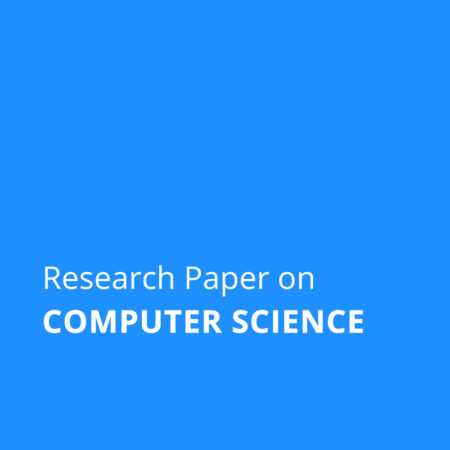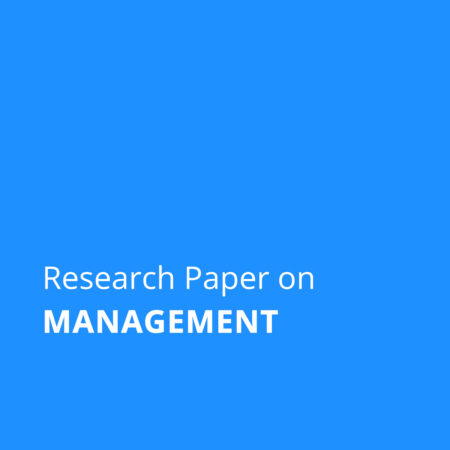Description
Title: A Retrospective Cross-Sectional Study on the Degree of Anemia and Related Factors in HIV-Infected Children Receiving Antiretroviral Therapy in a Pastoral Community in Ethiopia
Abstract: Background. Anemia and poor nutrition are two major comorbidities that frequently manifest in children who are HIV-positive and pose a threat to their lives. Information on the extent and causes of anemia among children who are HIV-positive in Ethiopia is scarce. In the Afar region of Ethiopia, this study sought to ascertain the severity of anemia among HIV-infected children receiving antiretroviral therapy, as well as the contributing factors. Methods. In selected ARTsites of the Afar region, from May 1 to May 25, a cross-sectional retrospective record review was done on a sample size of 102 HIV-infected children, ages 6 months to 15 years. Consideration was given to patient cards from 2009 to 2017 that contained the necessary data. To determine whether there is a significant difference in the hemoglobin level before and after the HAART regimen, a paired sample t-test was used. Regression with multiple variables was used to identify anemia predictors. A p value of 0.05 was used to determine statistical significance. Result. 53.9% of study participants had anemia at the start of the study, of which 8.7%, 36.3%, and 9.8% had mild, moderate, and severe anemia, respectively. After receiving ART for a year, the hemoglobin level increased from 10.67 1.82 to 11.5 1.5 (p 0.001), a statistically significant improvement of 0.83 1.74. More than five and twelve times as likely to be anemic as children who were not stunted, respectively, were children who were moderately and severely stunted (AOR 5.16, 95% CI (1.71, 15.56) and severely stunted (AOR 12.45, 95% CI (2.62, 59.21), respectively. AOR 3.68, 95% CI (1.38, 9.81)] times more likely to be anemic than children whose mothers attended ANC than children whose mothers had not attended ANC follow-up. Children in clinical stages 3 and 4 had a five-times greater likelihood of being anemic than kids in clinical stages 1 and 2 (AOR 5.07, 95% CI (1.79, 14.37)). Conclusion. The prevalence of anemia among children with HIV was found to be high, at 53.9%. The WHO clinical stage, history of ANC follow-up, and nutritional status (stunting) were the predictors significantly linked to childhood anemia. Interventions for children with HIV infection should take those factors into account.
Paper Quality: SCOPUS / Web of Science Level Research Paper
Subject: Medicine
Sub Category: Hematology
Writer Experience: 20+ Years
Plagiarism Report: Turnitin Plagiarism Report will be less than 10%
Restriction: Only one author may purchase a single paper. The paper will then indicate that it is out of stock.
What will I get after the purchase?
A turnitin plagiarism report of less than 10% in a pdf file and a full research paper in a word document.
In case you have any questions related to this research paper, please feel free to call/ WhatsApp on +919726999915



Reviews
There are no reviews yet.